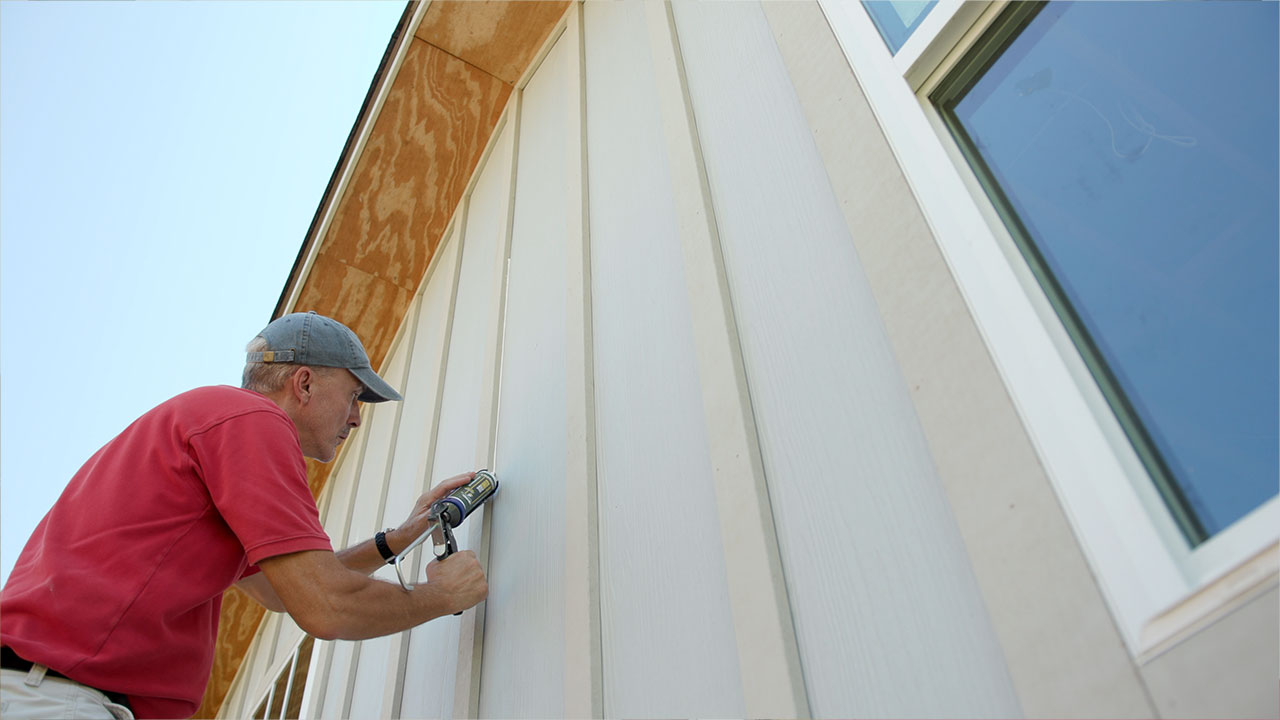The purpose of a sealant, or caulk, on the exterior of a home is to seal gaps that allow air and moisture to infiltrate the structure of the home.
That seems simple enough, but the reality of building materials is that they are constantly moving.
Changes in temperature and humidity cause them to continually expand and contract which means the size of those gaps is constantly changing.

This means that the caulk filling those gaps is regularly being stretched and squeezed, so if it dries hard it will crack within a season or two due to the movement. To have any longevity in an exterior environment, a sealant needs to remain flexible even after it dries.
Because most homes are comprised of many different types of materials, the gaps that need to be filled are often between completely different building materials. So, a successful exterior caulk also needs to bond, or adhere, well to a wide variety of materials and surface textures.
Because an exterior sealant is very visible, it’s also important for it to blend aesthetically with your home. Some caulk options are very flexible but cannot be painted and only come in a few colors. While there are plenty of “paintable” caulk options, many of them dry relatively hard within a few months.
Solution: Elastomeric Caulk
Elastomeric caulk is a great solution because it has the ability to stretch.


Titebond has addressed all those issues with their new all-purpose exterior sealant called TiteShield.
It’s an elastomeric caulk which, as the name implies, can stretch even after it’s completely dry. In fact, TiteShield can expand and contract up to 50% of the joint size while covering gaps up to two inches in width.


TiteShield also bonds well to a variety of building materials from wood and metal to concrete and glass.
Plus, it’s available in a wide variety of colors but can also be painted with ordinary latex paint.

